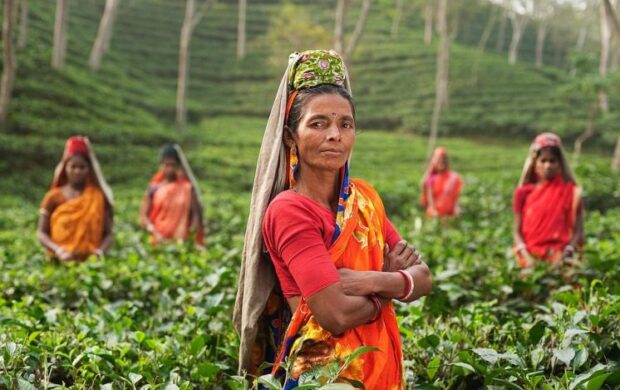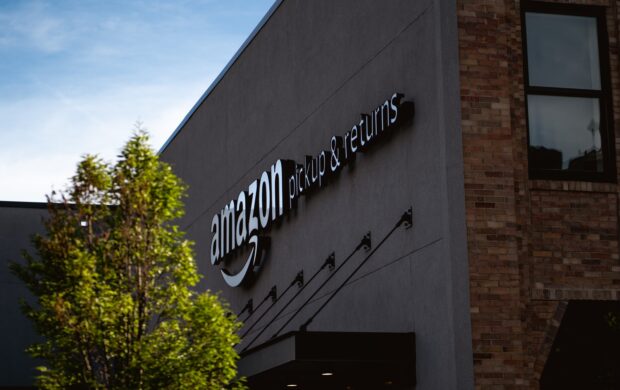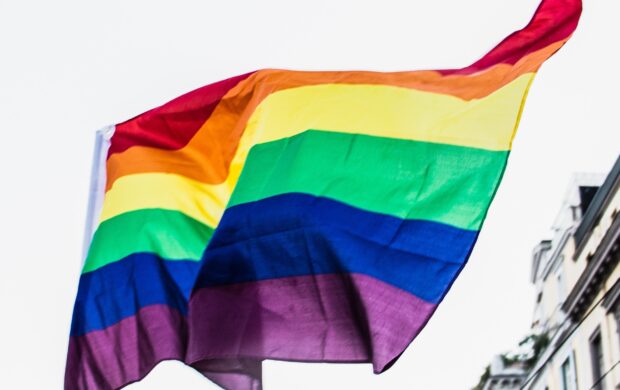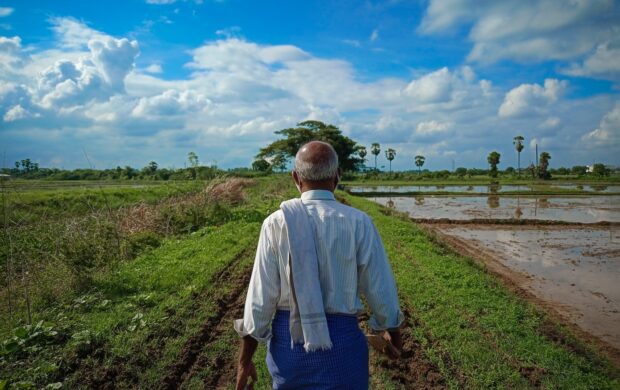Gender inequality is one of the most pervasive development challenges, intersecting with economic inequalities, class, race and public health. The Sustainable Development Goals recognize this intersectionality. SDG5 focusses specifically on achieving gender equality and empowerment for all women and girls, but others emphasize the gender dimensions of their domains. SDG 6, dealing with access to water and sanitation, and SDG 8, on decent work and inclusive economic growth – both reference the outsize benefits to women in meeting the targets. Paul Hawken’s Project Drawdown also identifies education and empowerment of women and girls as the sixth most effective way to tackle climate change.
This emphasis should come as no surprise. Women’s empowerment is increasingly recognized as a smart economic move. Evidence suggests that a lack of opportunities for women negatively affects both genders, hampering economic growth and social development. Raising awareness of the social and economic benefits of women’s empowerment can accelerate the removal of these restrictions. Societies that are more inclusive of women do better than those that don’t across a range of indicators and outcomes. A recent report by McKinsey Global Institute (MGI) forecast that advancing women’s equality could add as much as 26% to global GDP. To achieve real impact, goals must be accompanied by tangible plans to ensure talk evolves into action. In this sensemaking article, we explore some of our lessons in designing and implementing programs to advance women’s empowerment in cocoa growing communities in Ghana.
Lesson 1: Be specific in defining women’s empowerment and how you will measure it.
That women’s empowerment is receiving a lot of attention at the moment is definitely good, but with this attention comes the danger that the issues get oversimplified. This presents challenges when designing interventions and measuring their impact. Women’s empowerment interventions, incorporating so many cross-cutting themes, have specific difficulties perhaps not seen in other intervention areas. At the heart of empowerment is how empowered individual people feel themselves, how they experience their interaction with society, and the agency they have in their own lives. How empowered someone feels will depend on how empowered they believe they have the right to feel. The following chart, from our research partner Ipsos, neatly articulates the various elements of women’s empowerment and how these overlap. This framework has been integrated in our global Cocoa Life impact measurement framework.
Chart 1: A measurement framework for women’s economic empowerment
Lesson 2: Involve women in project design
The most impactful projects make women central in the design and implementation process. Involving them in design means that the genuine problems faced by the community are addressed. Giving them a role in implementation gives them skin in the game, and ensures the community remains motivated to embed sustainable change.
Our work with Institute for Democratic Governance (IDEG) on Civic Empowerment of Cocoa Communities (CECC) projects is one area in which we have put this lesson into practice. These projects help women to influence the formal authorities that govern their communities by providing a platform for direct interface between civic groups and local government decision makers. This is crucial in sustaining the growth of strong civic participation and accountability capacities at the sub-national level. The program contributes to ensuring women’s active participation in key aspects of political/democratic decision-making, a shift which has had a marked, positive effect on social dynamics in Ghana.
Lesson 3: Empower and equip local activators
Women in a community often have a clear idea of what should be done to address the challenges that they face, but lack the ability to make their voice heard by local decision-makers, or even the recognition that they have the right to a voice. Overcoming these barriers by helping women to find their voice and giving them a platform to speak from is typically more important than advising on practical aspects of driving change locally.
Community Development Committees, combined with gender dialogue platforms, have been effective in our experience. These committees provide a space for women to get involved in establishing a community action plan that prioritises the community’s most urgent needs. With the help of quota, a critical minimum of 30% women are represented in these Community Development Committees (CODEC). 1,400 community members took part in these committees in Cocoa Life’s interventions in Ghana: 57% of them were women. They are supported by Gender Dialogue Platforms, which serve as a means to build women’s knowledge of community dynamics, public speaking and leadership skills. By the end of 2017, we had established Gender Dialogue Platforms in 325 communities, and have noticed they help to increase the impact of the CODECs on gender dimensions.
Lesson 4: Help women gain access to the resources they need for genuine empowerment
As already mentioned, women’s empowerment is a complex issue with many interlinking factors. While women may be empowered in the sense that they can have their voice heard, access and control over resources is an essential avenue for empowerment. In this regard, we have had good experiences with Village, Savings and Loan Associations (VSLA’s) and business management training. These give women access to savings and credit facilities, which is supplemented by functional literacy training to help the women make most of their newfound financial inclusion. By the end of 2017, more than 7,700 community members were active in 594 VSLAs in Cocoa Life communities. Almost 7,000 community members, of which 41% were women, participated in business management training. 7,400 members, of which 79% were women, generated additional sources of income beyond cocoa.
During my time at Cocoa Life, there have been many lessons to learn. However each lesson has enabled us to become stronger and more effective. We are committed to constantly listening and learning to our communities, to be able to meet their needs more effectively.
For instance, as of October 2018, our plans to accelerate gender equity and equality in Ghana, Côte d’Ivoire, Indonesia and Dominican Republic among cocoa growing communities, developed with our program implementing partners including Care International and Save the Children, were strongly based on feedback from our people on the ground. The plans can be read in full here. We truly believe that empowering women will help us deliver against the program’s long-term vision of success, and contribute to achieving the all-important SDG 5.















Join discussion